
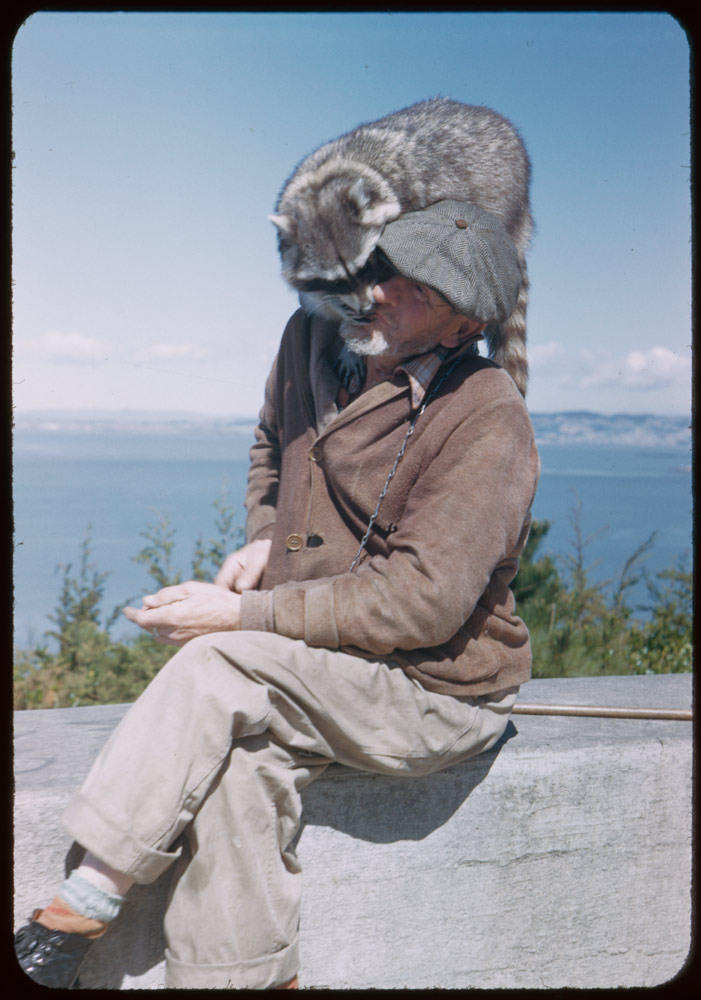
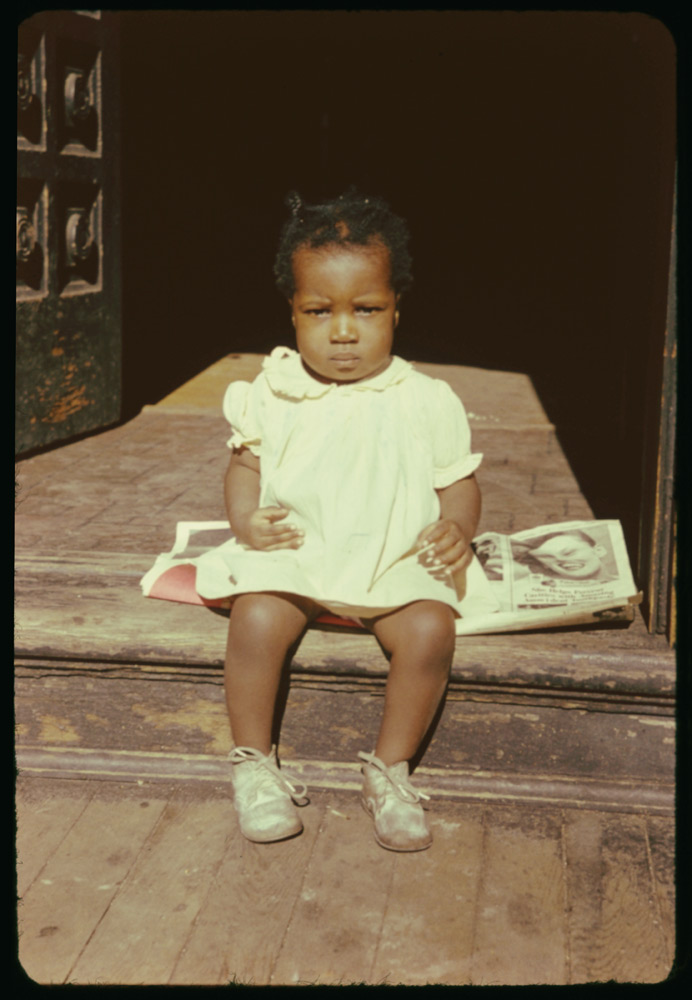
Credit: Robb Hill
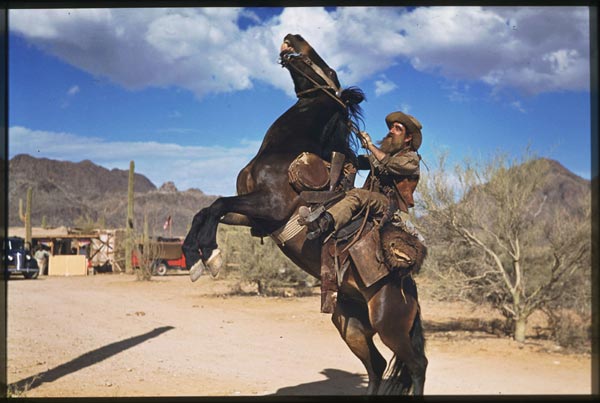
On the set of the movie "Arizona," April, 1940
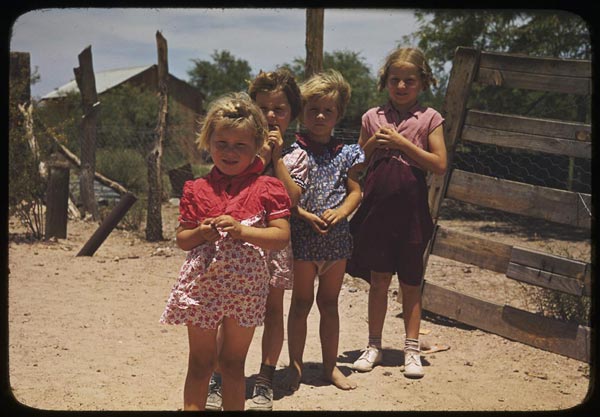
Mammoth, Ariz., May 1940
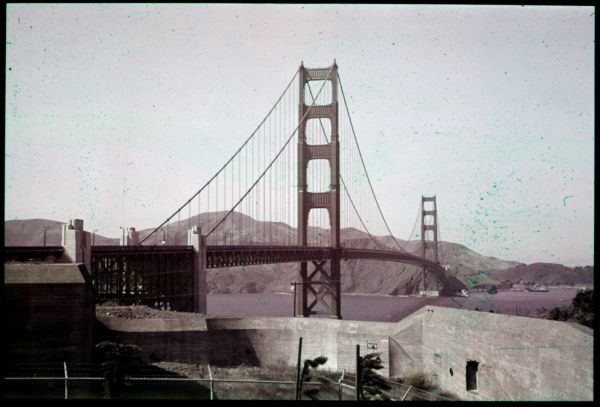
One of the first color images of the Golden Gate Bridge, September 1938
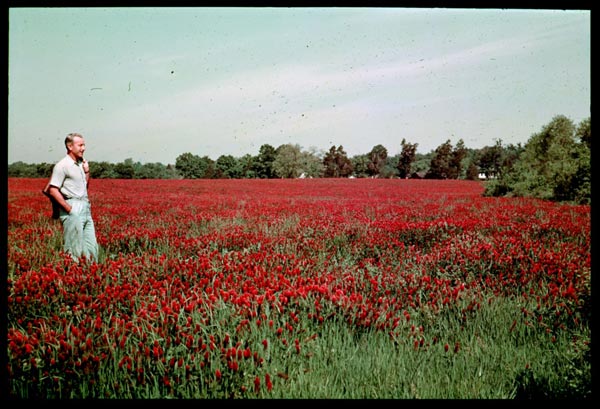
Red clover near Nashville, Tenn., May 1939
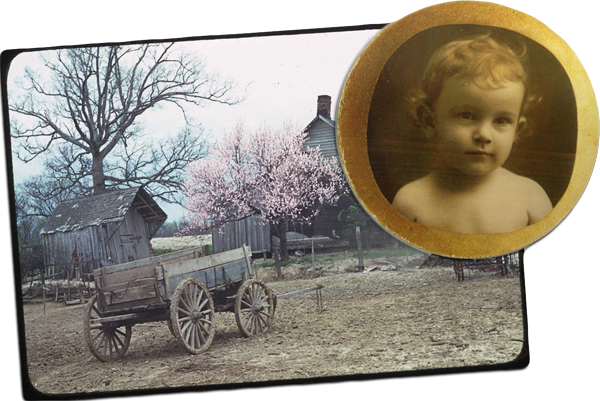
Barn in Posey County, Ind., April 1941 and Cushman at age 2 (Indiana University Archives)
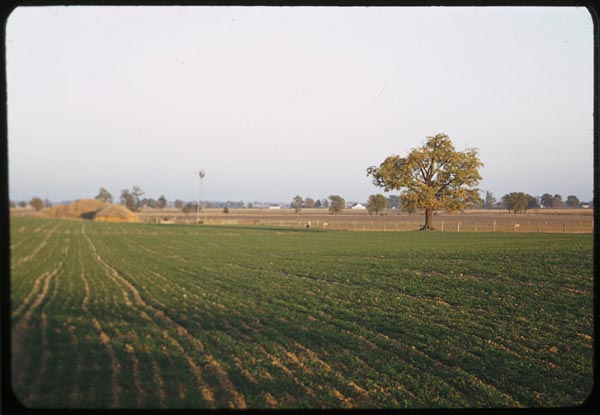
Sunset on a new wheat field near Poseyville, Ind. October 1940

Steel mill in south Chicago, October 1940

Farm scene in Posey County, Ind., October 1941

Skipping rope in New Harmony, Ind., April 1941
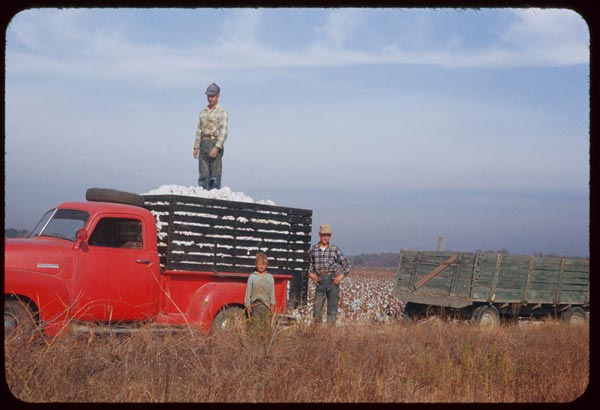
Cotton pickers along U.S. Route 67 near Tuckerman, Ark., November 1953
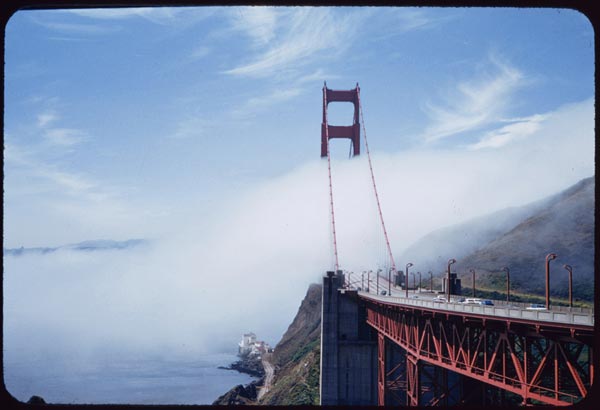
Golden Gate Bridge, June 1957
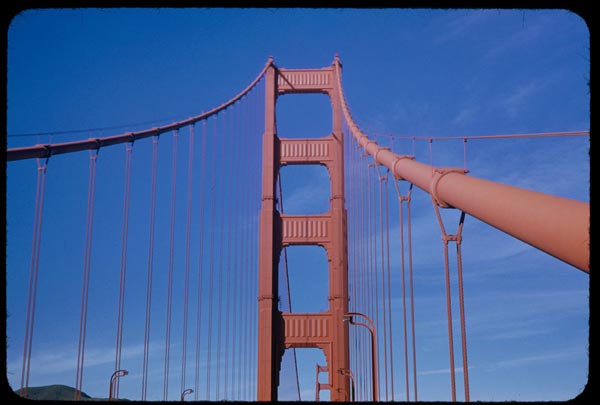
Golden Gate Bridge, February 1953

Golden Gate Bridge, March 1955
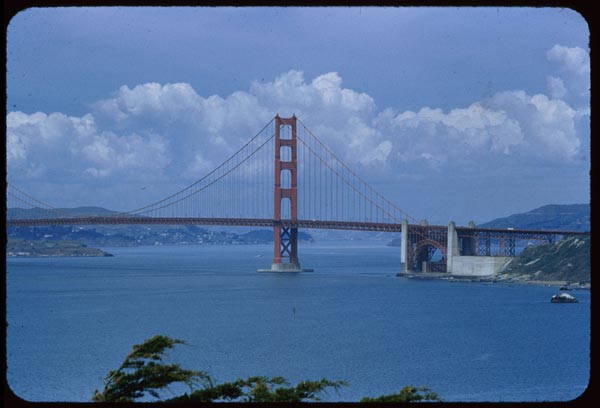
Golden Gate Bridge, May 1956

Golden Gate Bridge, March 1957
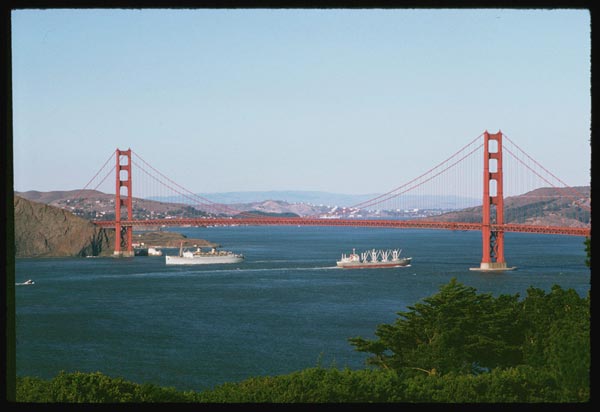
Golden Gate Bridge, October 1962

Jean Neil sunbathing in Chicago, Ill., September 1946

Sunbathers in Chicago, July 1941
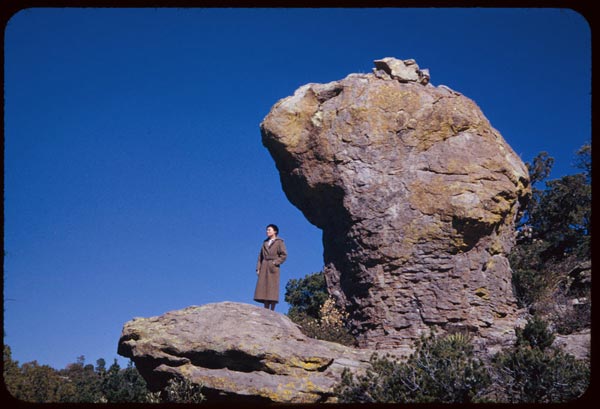
Jean Cushman, Massai Point, Ariz., January 1952
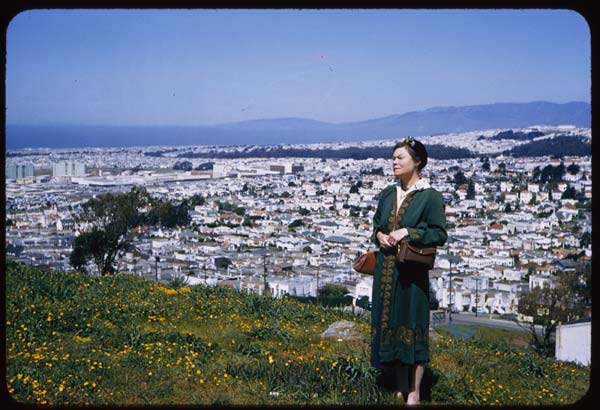
Jean, February 1955
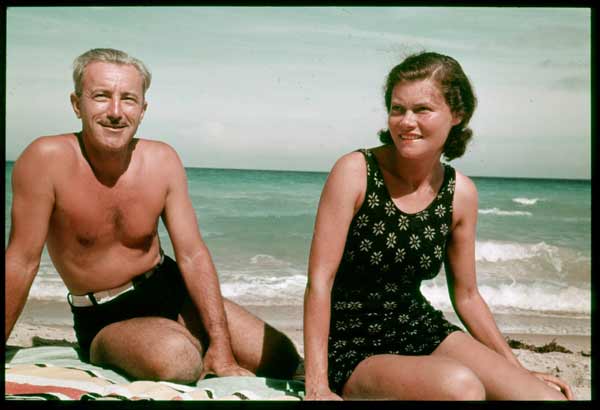
Cushman and Jean, Miami, Fla. April 1939

Jean in California, March 1955
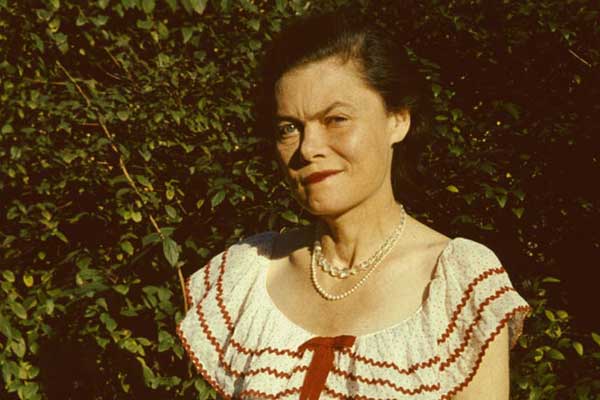
Jean in her front yard, October 1951

Jean in her front yard, October 1951
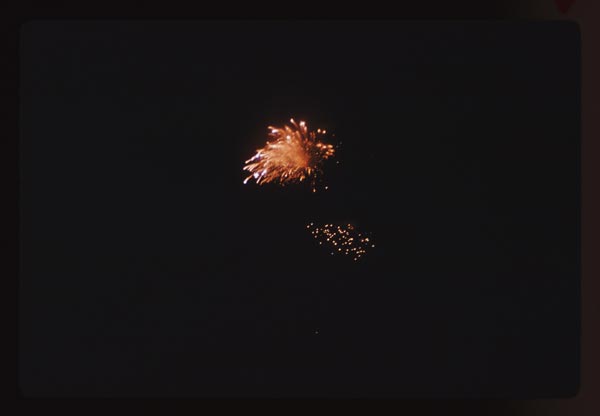
Fireworks, San Francisco, September 1960
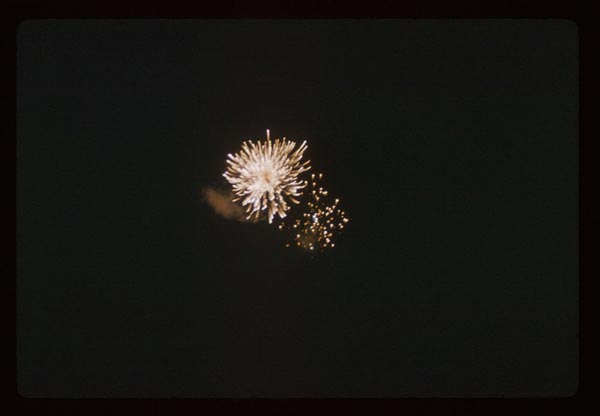
Fireworks, San Francisco, September 1960

Owens Valley, Calif., September 1955
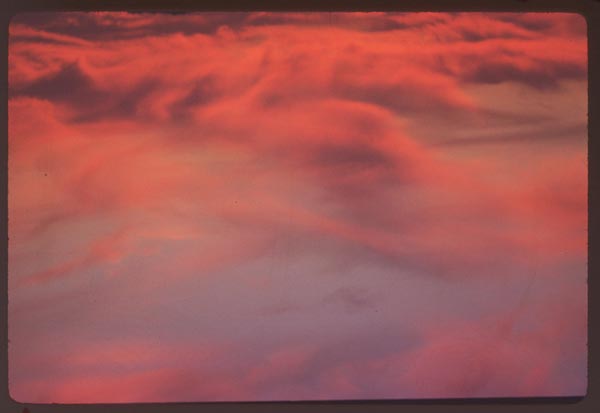
Sunset, San Francisco, October 1961
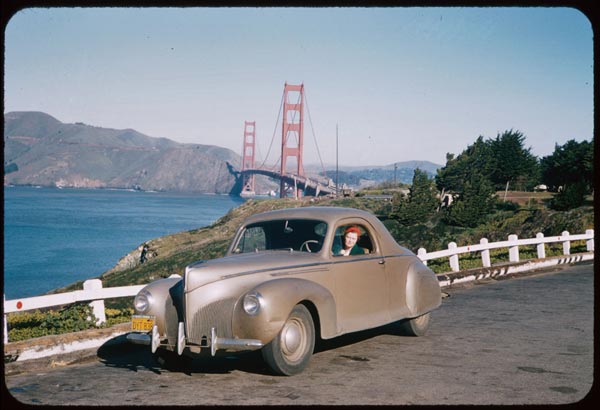
Jean in their 1940 Lincoln Zephyr, San Francisco, January 1958

Sunbather in Chicago, Summer 1941

Annapolis, Md., September 1940

Tucson, Ariz., February 1940
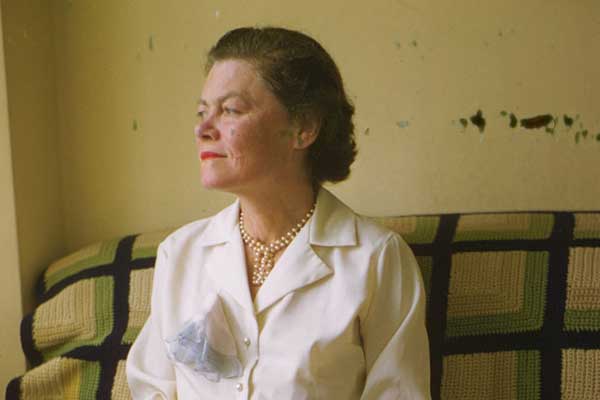
Jean Cushman, May 1958

Cushman looks across the Grand Canyon in Arizona, November 1939

Charles and Jean, Portland, Ore., September 1938

Fire in San Francisco, June 1965
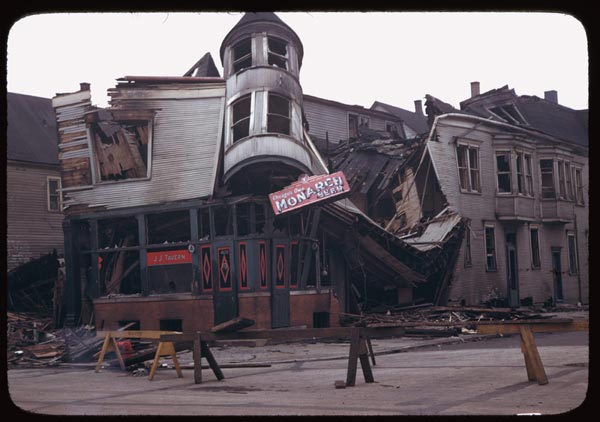
Ruins from a fire on South Paulina St., Chicago, January 1949
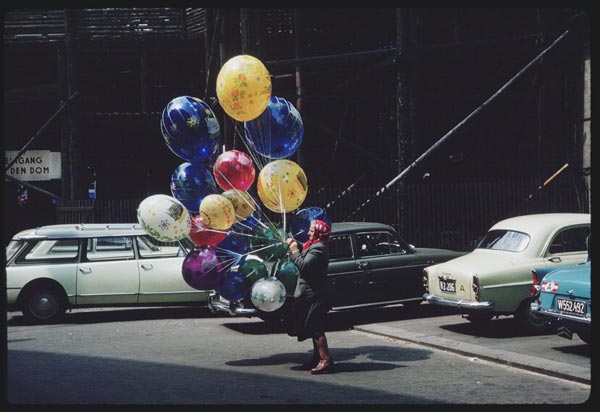
Balloon-seller in Austria, May 1964
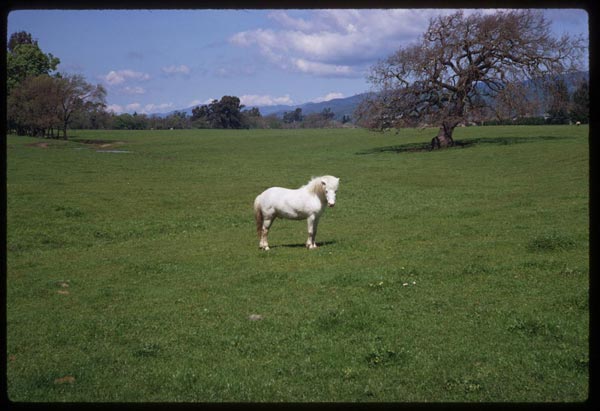
Pony in Sonoma, Calif., April 1969
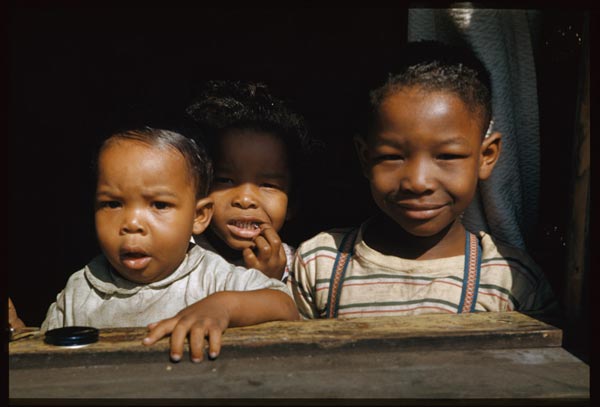
Chicago children, March 1949

Birds over Alamo Square, San Francisco, November 1954

Clouds over the Sierra Nevada mountains, September 1955

Picking violets in Upton, Ind., April 1941
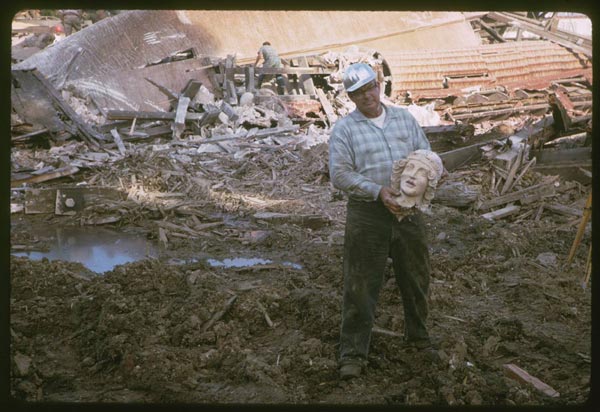
Demolition in San Francisco, October 1964

Children in an Istanbul suburb, April 1965
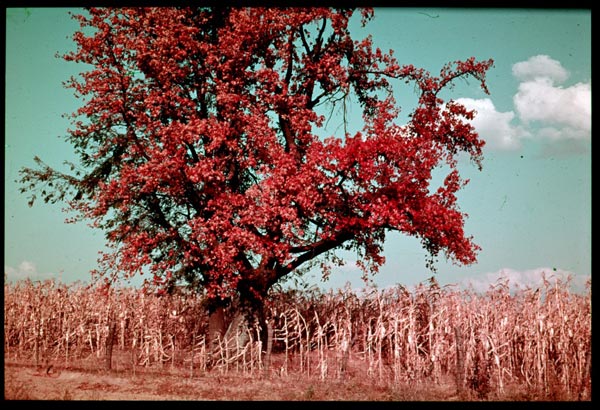
Posey County, Ind., November 1938

Albion, Ill., April 1941

Old house in Hazleton, Penn., Sept. 1941
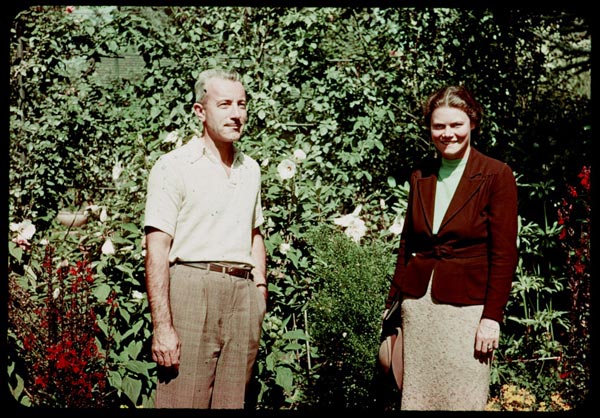
Charles and Jean, Portland, Ore., September 1938
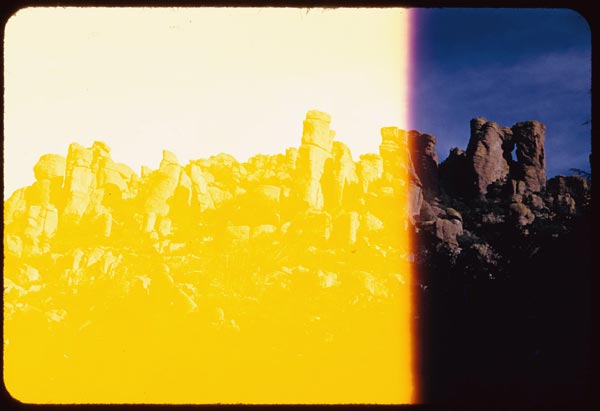
End of roll, Undated
"Photography is not a contest… It's about being a witness to your times."
—Rich Remsberg
"He was a hobbyist… but he was also an obsessive. You put those two things together and you've got a certain kind of picture-taker."
—Eric Sandweiss
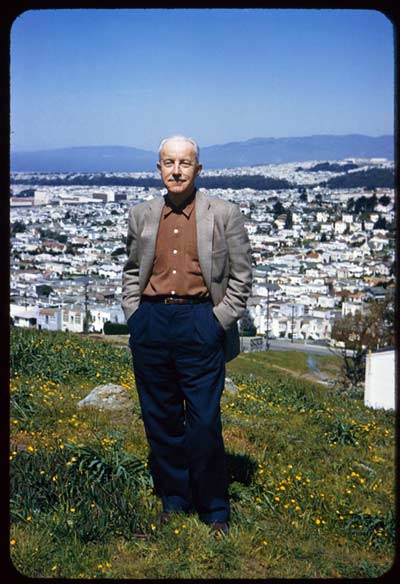
There's so much more to learn from the The Charles W. Cushman Photograph Collection, housed at Indiana University. Archival image researcher Rich Remsberg, whose voice you heard above, has an introductory essay. And historian Eric Sandweiss brings it to life in his book, The Day In Its Color, (Oxford University Press, 2012).
But the most helpful guide to these photos was left by Cushman himself. He took meticulous notes about each and every photograph, filling dozens of notebooks with details about where he was and when. So, for example, we know that the Golden Gate Bridge photo was taken on a cloudless day in September, 1938… and 1953 and 1954… and 1968. You get the point.
Although the bridge, as a recurring image, stays consistent over three decades, the things surrounding it don't. Cushman's cars change. So do his clothes. America evolves before our very eyes — if we're patient enough to wade through hundreds of images in chronological order. New railroads influence commerce, highways connect people and machines replace horses. Cushman saw it happening and, for whatever reason, felt compelled to document history as it unfolded. That's what separates him from the vacation photographer: Why else would someone photograph a smokestack outside of Chicago?
There's a tidy organization to Cushman's photos, but there's also a serendipity. Dig around the archives and you'll unearth lush landscapes, impressionistic florals and self-portraits that, with hindsight, we can describe as brooding.
As Sandweiss explains, Cushman's photographs were mediated by his tumultuous marriage with Jean. He was born in the very small town of Poseyville, Indiana, but married into an established Chicago family. Jean was cousins with John Steinbeck, incidentally; and she came undone after her father's death. From then on, it seems, Cushman's photographs gave him a kind of therapy.
We do the same thing today. We put frames around moments to make sense of them — to make them last. Although these days, it's easy to create 14,500 images in an aggressive week of digital shooting. We capture everything — from birthdays to sunsets to what's for lunch. But Cushman provokes a question: Are we just making noise, or are we really processing the passage of time?
"He's a great reminder…" Remsberg says, "that photography is not a contest. … It's about being a witness to your times."
So: Are you a witness?
We would love to have your thoughts about these photos, about this presentation, and about your relationship to photography and your time. Please visit The Picture Show blog to leave your comments.
You can explore all of Cushman's photos at your own pace on the Indiana University website.
"Lost and Found" was published on NPR's Picture Show on Sept. 14, 2012. It was produced and reported by Claire O'Neill and designed and developed by Wesley Lindamood.
Photographs by Charles W. Cushman, courtesy of The Charles W. Cushman Photograph Collection/Indiana University and Eric Sandweiss, author of The Day In Its Color (Oxford University Press, 2012). Portrait of Rich Remsberg by Robb Hill. Music: "The Mountain," "Chimera" and "Vibe Drive" by Chad Crouch (Podington Bear), Animated car background gif adapted from moving image collection of Archive.org. Thanks for visiting!